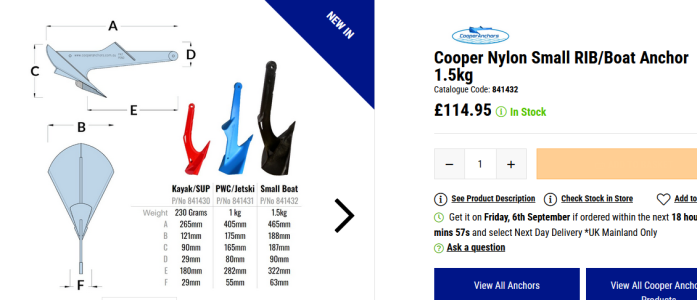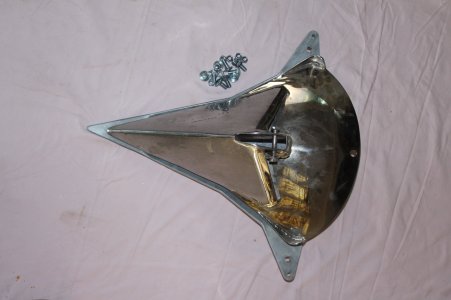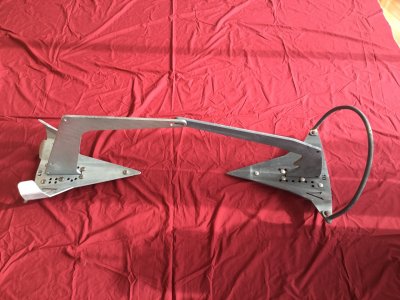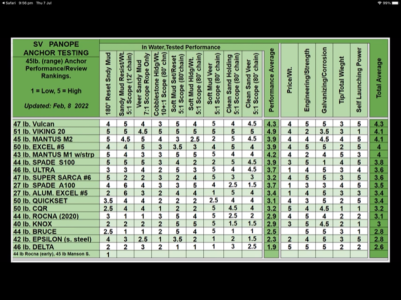billskip
Well-Known Member
As meaningless as your statement if you haven't anchored in a category 5 hurricaneI admire your feelings and your conviction - but have you ever anchored using lighter chain and anchor? If not your statement is meaningless.




